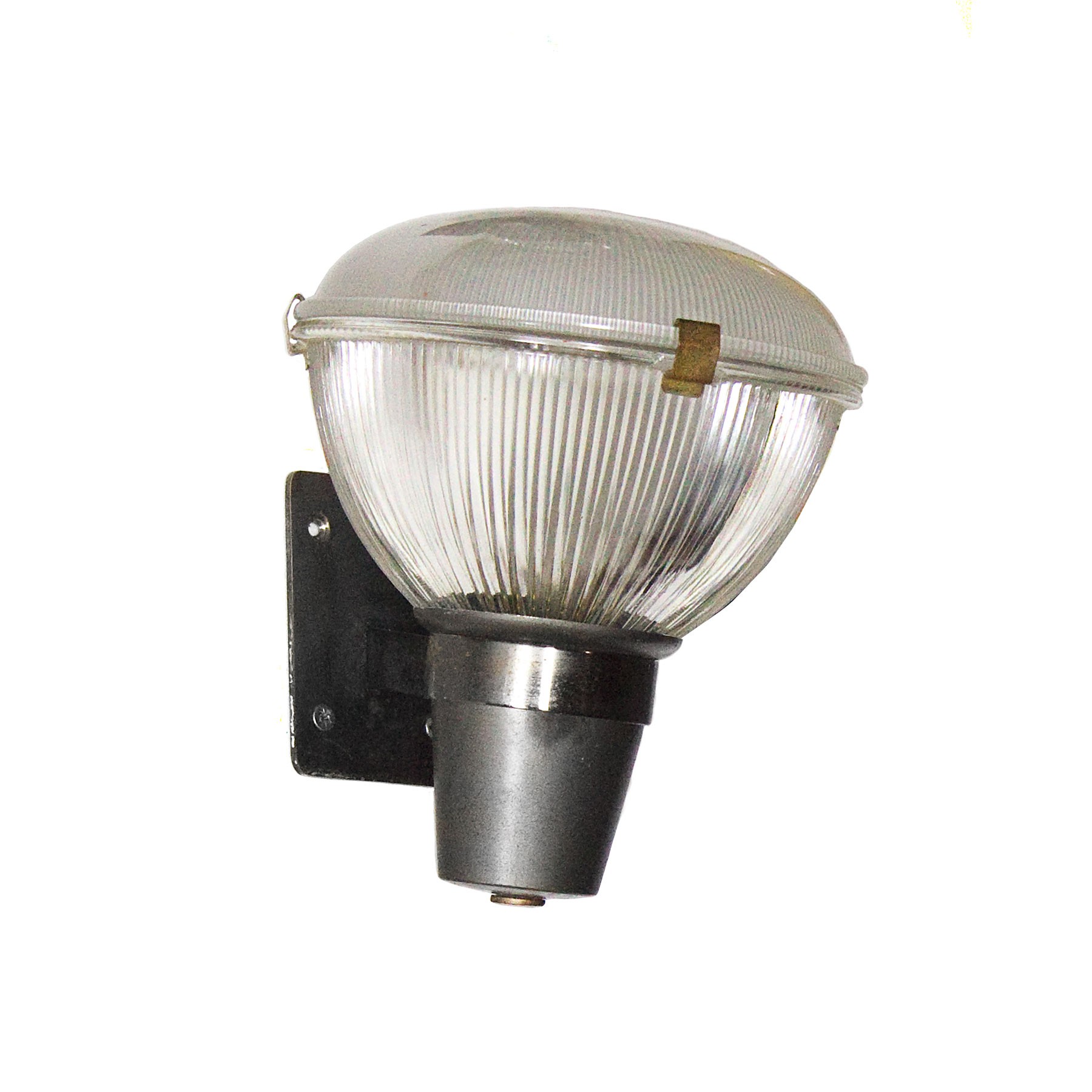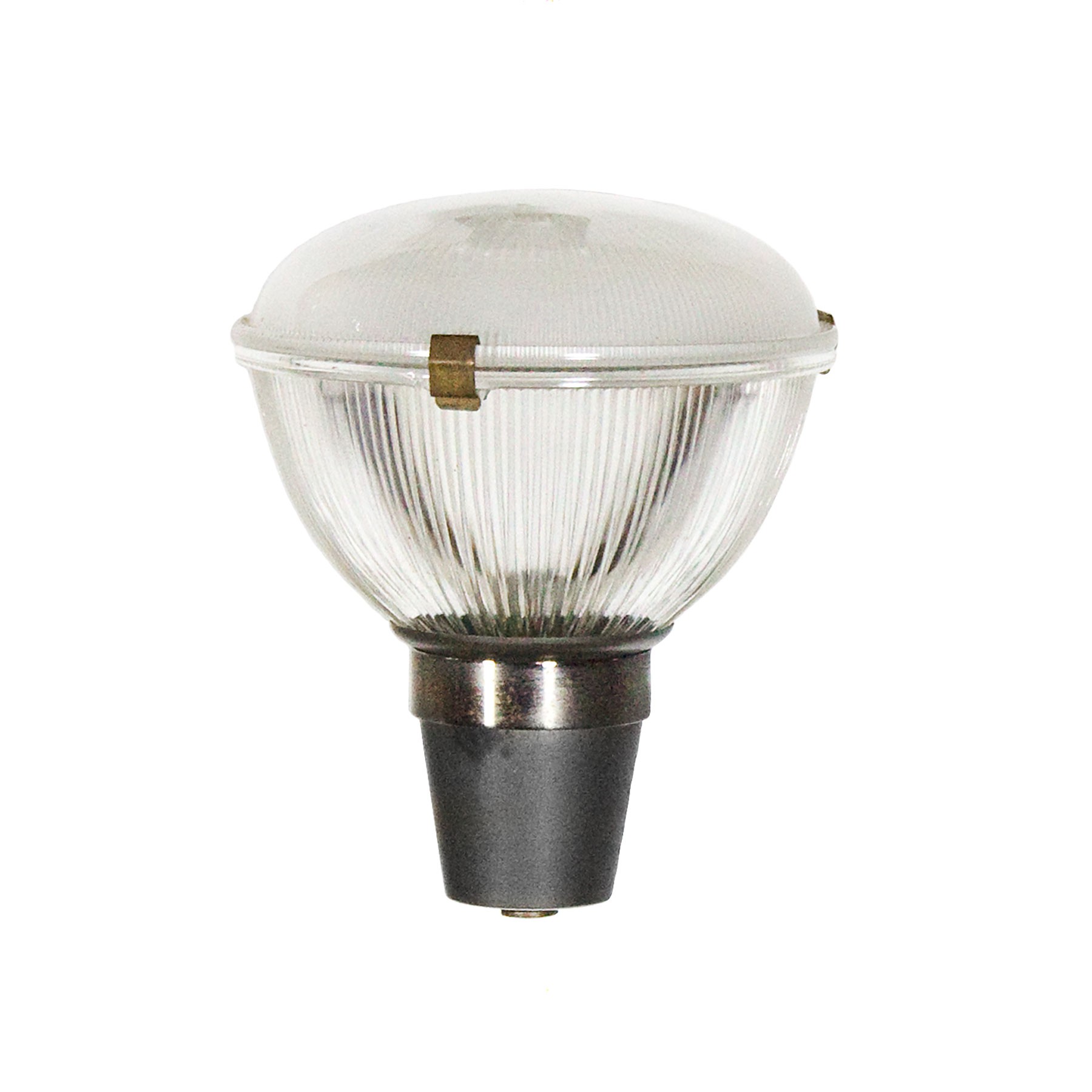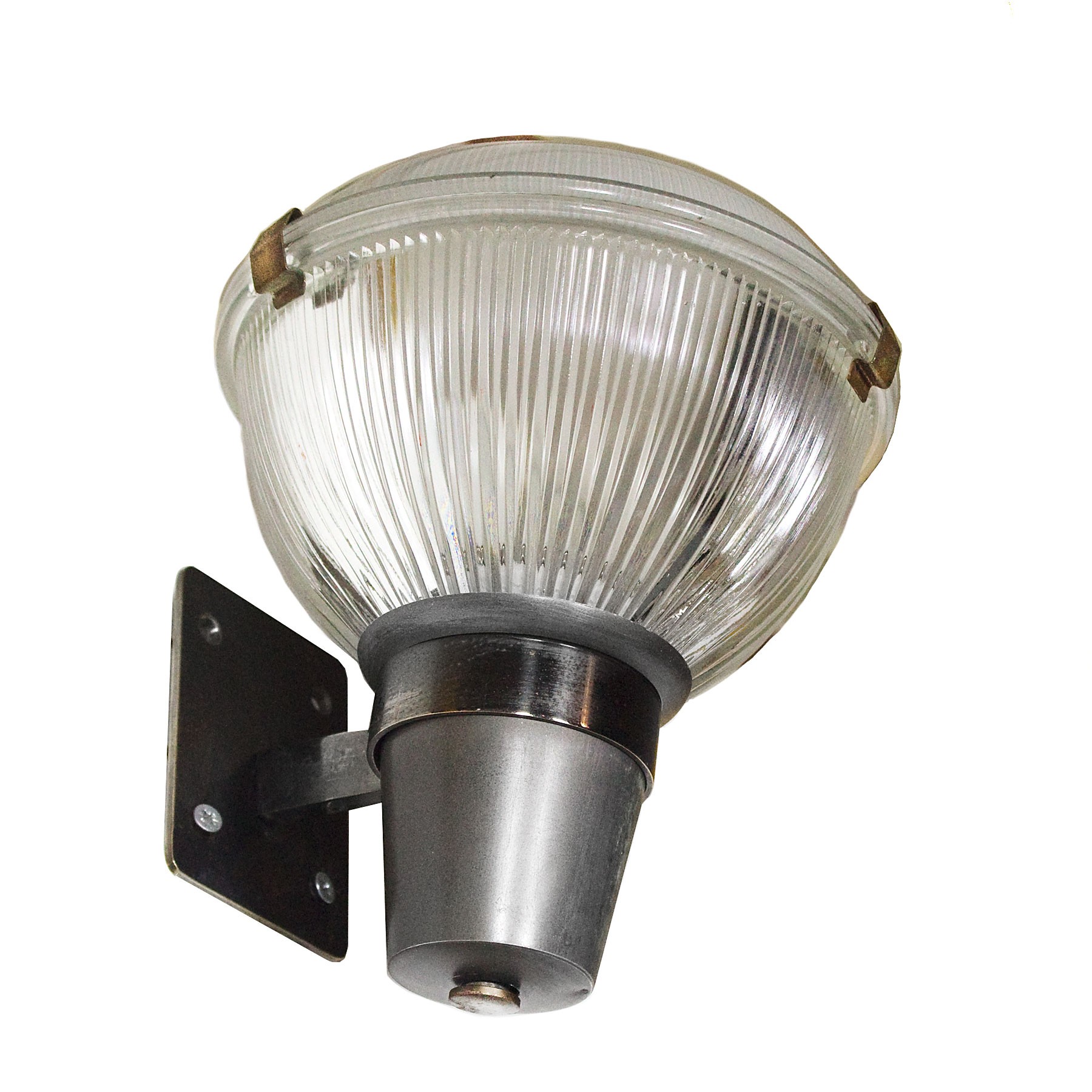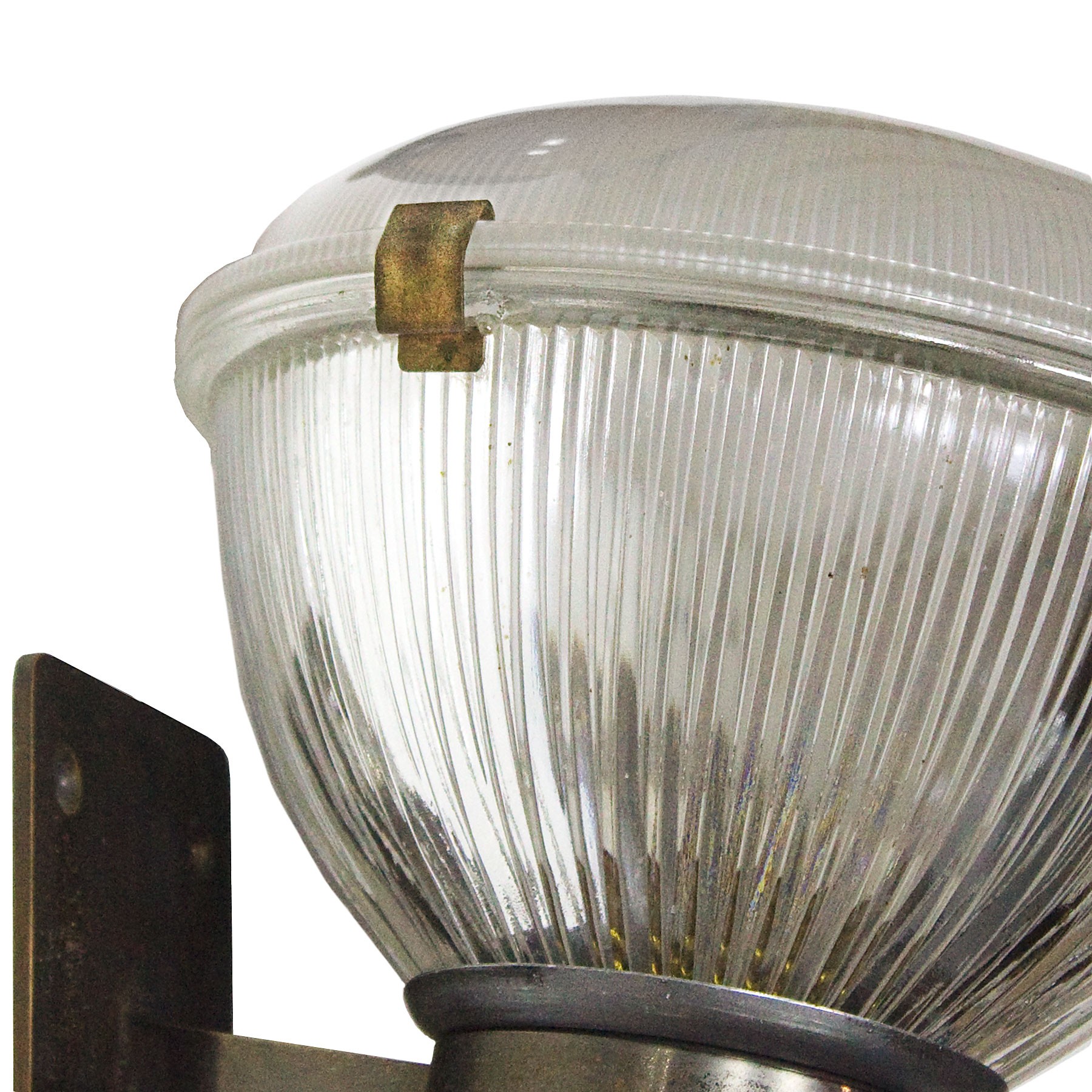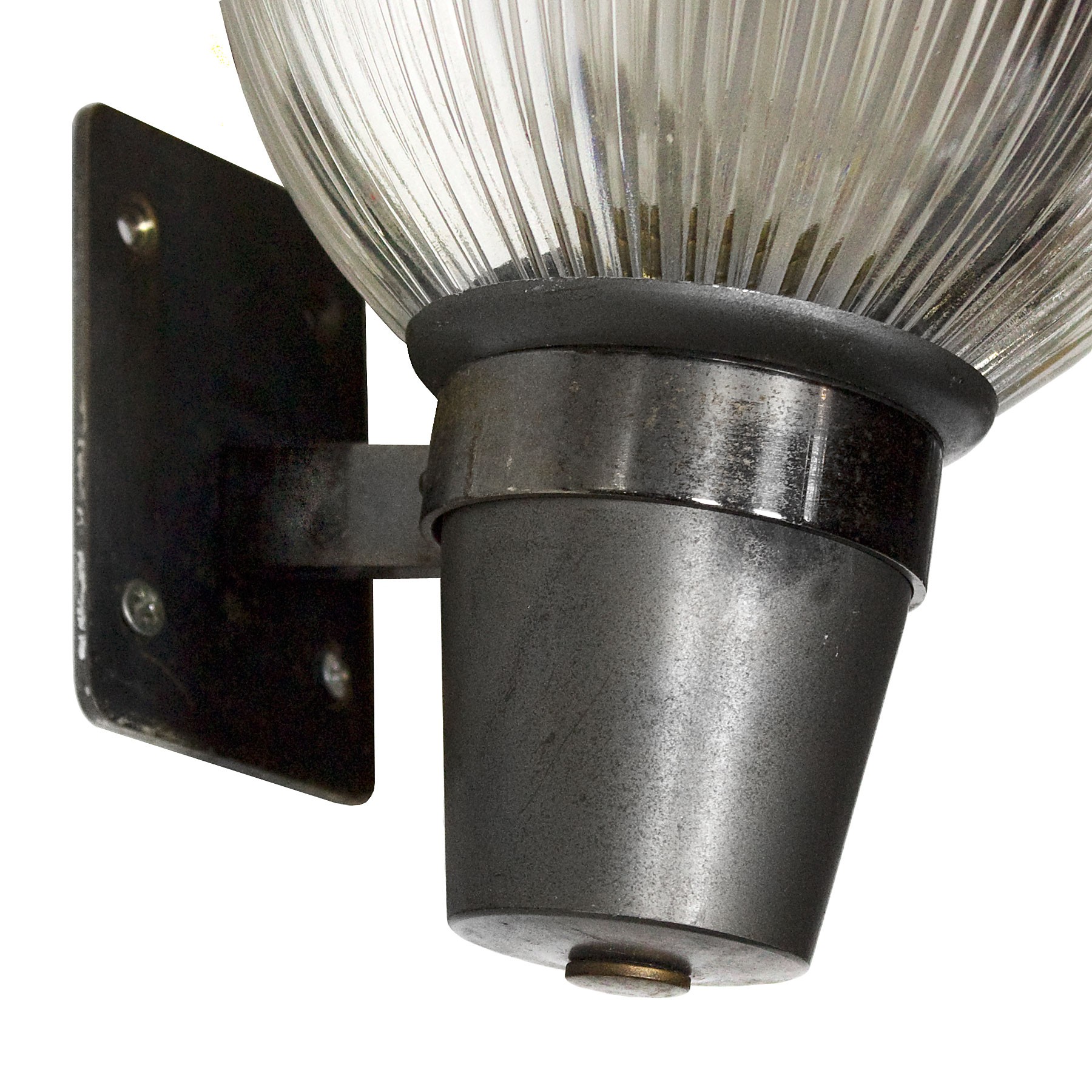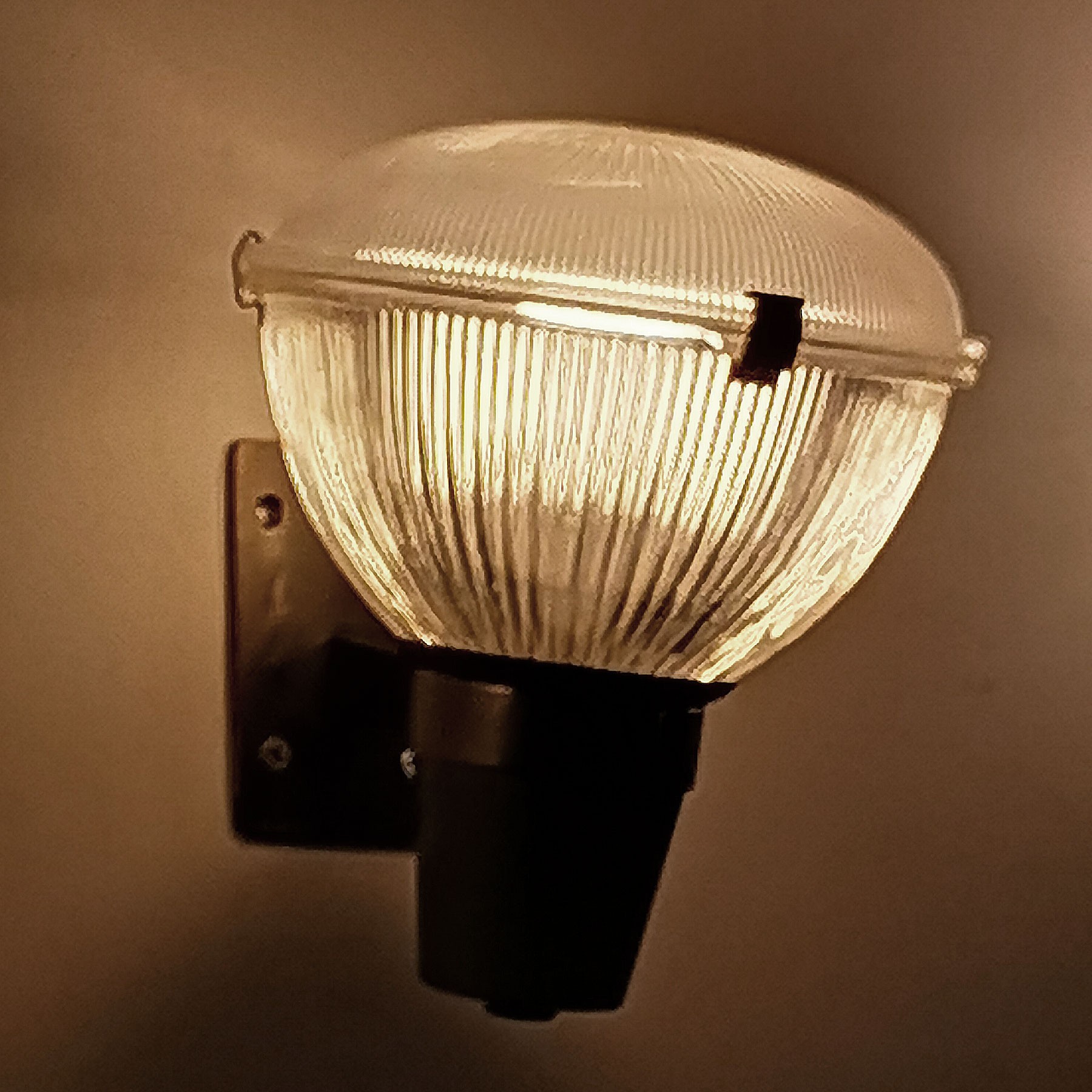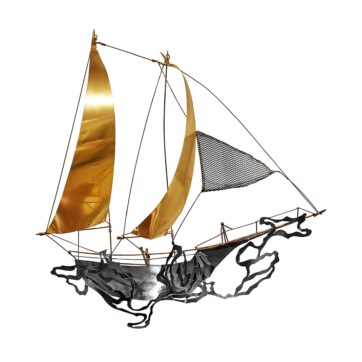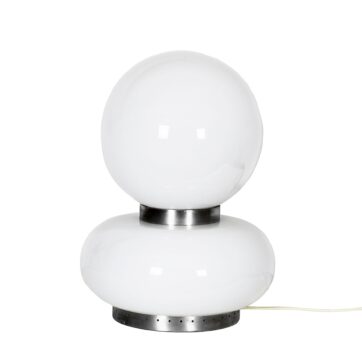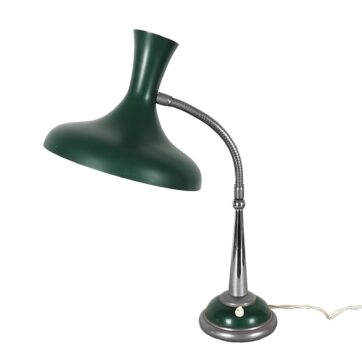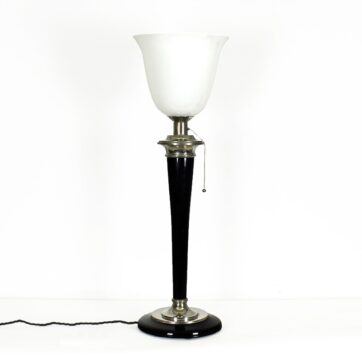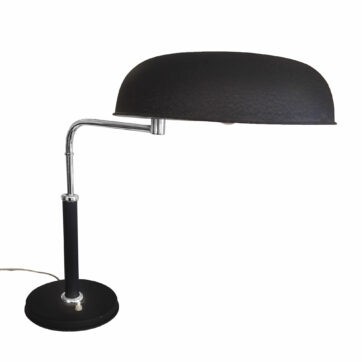Ignazio Gardella (Milan, Italy 1905-1999)
Architect and industrial designer, Ignazio Gardella is considered a pillar of the third generation of the Italian Modern Movement and stands out for his incarnation of Italian Rationalism. Co-founder of the design company Azucena, he has an extensive portfolio of architectural designs, as well as lighting and furniture pieces. His main works of the 1930s include the enlargement of Villa Borletti in Milan (1936) and the anti-tuberculosis dispensary in Alessandria (1938). After the war, he took an active part in the architectural debate: a member of the MSA (Architecture Studies Movement), in 1947 he took part in the first INU (National Institute of Urbanism) congress, and between 1952 and 1956, along with Alberto Samonà, Franco Albini and Ernesto N. Rogers, he directed the CIAM (International Congress of Modern Architecture) summer course in Venice. His post war works included a hostel for the Borsalino employees in Alessandria (1952), Milan’s contemporary art gallery (1953), a home at the Zattere in Venice and the Olivetti canteen in Ivrea (with Roberto Guiducci, both in 1958), the Alfa Romeo offices in Arese (1972), the Monument to the dead of the partisan struggle, the Piazza della Loggia in Brescia (1984, 1988) and the new Carlo Felice Theatre in Genova (with Aldo Rossi and Fabio Reinhardt, 1990).
